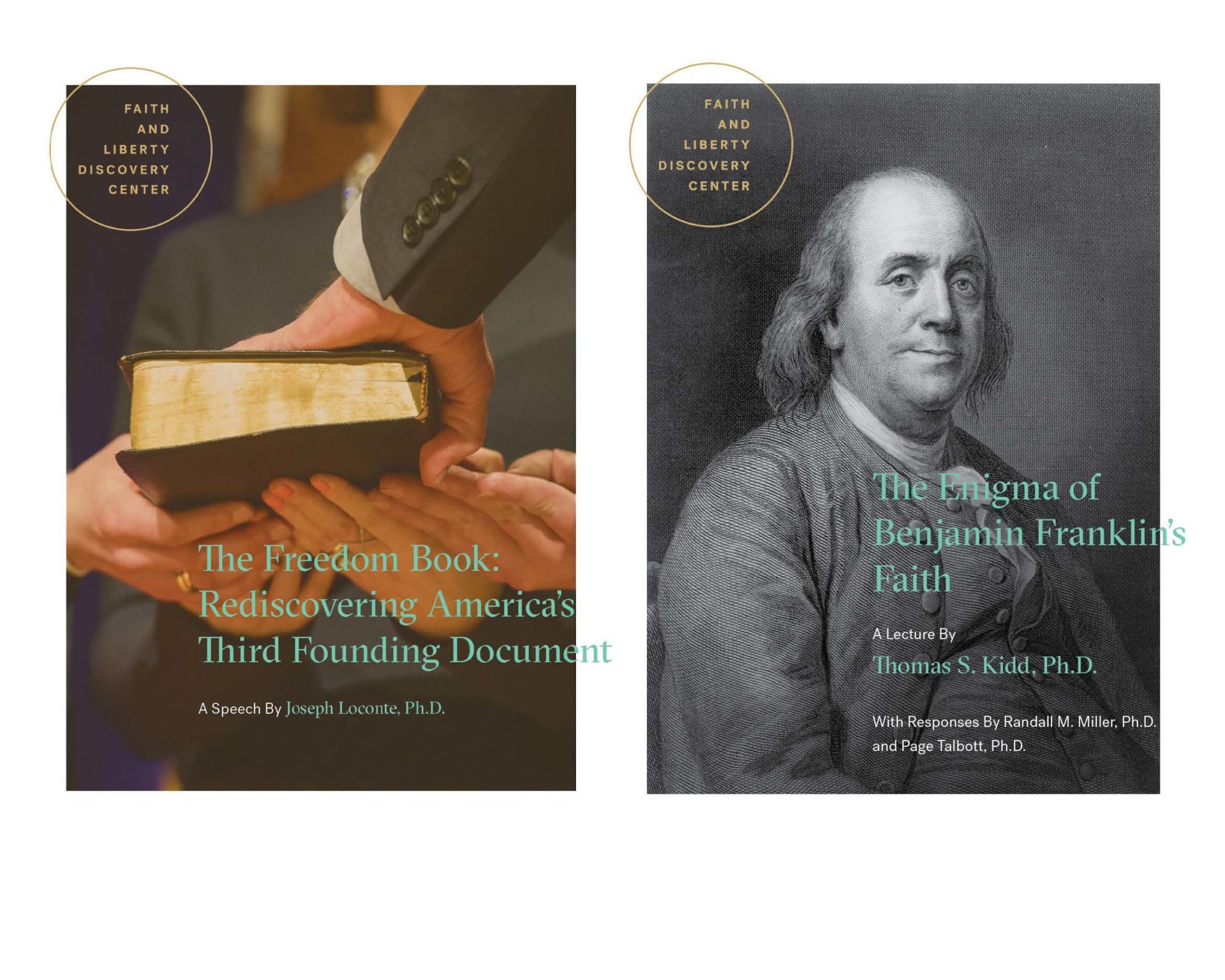The Meuse-Argonne offensive began at 0230 hours (2:30am) on September 26, 1918, with an artillery barrage pummeling the entrenched German line. During the ensuing three-hour long bombardment, 2,780 cannons of the American Artillery expended more ammunition than both the Union and Confederate forces combined during the entire four years of the American Civil War. High explosive shot and shell and the smell of sulfur made the scene a living hell.
At 0530 hours (5:30 am) under the cover of morning fog and bursting artillery smoke shells, American infantry and tanks began to advance over terrain carved with deep ravines and bluffs. Visibility in the dense smoke and fog was limited to 10 feet. Among the 1.2 million American troops was a 32 year-old recently promoted lieutenant colonel in command of a tank brigade. The new commander led his troops on foot following the tracks of his leading tank company.
By 1000 hours (10:00 am) the fog had begun to lift and the young commander realized that he had advanced beyond his own tanks. Many of the tanks had become entangled in fortified entrenchments and barriers. With the lifting fog and smoke, the commander and his troops were subjected to bursting machine gun fire from multiple nests of the enemy. Soldiers who did not panic and run were leaderless excepting the presence of the lieutenant colonel, the only remaining officer on the field.
With indefatigable courage under enemy fire, the young commander rallied the terrified doughboys and personally led efforts to disentangle the tanks with picks and shovels or anything thing they could use to free the armored track vehicles for continuing their advance. Now freed from their obstacles the tanks began to move forward again.
Inspired? Download other Faith and Liberty talks here.
As the tanks and men came closer to the German line, the commander was hit. He staggered for a few steps and then fell. A bullet had entered his groin and exited his buttocks reportedly leaving a wound the size of a teacup. His orderly, Private Joseph Angelo, raced to the aid of his felled commander. Dragging him to cover in a shallow bomb crater, the orderly administered first aid. His commander was, however, gravely wounded and bleeding profusely as the Germans kept up their relentless machine gun fire. Skilled medical attention was urgently needed, but the prospects of evacuation seemed impossible.
The commander was dying, and yet he had no fear of death. His comfort lay in the unshakeable faith of his childhood. As a youngster his Aunt Nannie (Annie Wilson) had read the Bible to him three to four hours a day. Those Bible stories were supplemented by John Bunyan’s allegory of the Christian life, The Pilgrim’s Progress, as well as regular church attendance at the local Episcopal Church where he routinely recited and eventually memorized its Prayer Book liturgy, a worship tradition steeped in biblical language and verse. As an adult and professional military officer, the commander continued to nurture the biblical faith of his upbringing shaping his moral imagination, personal character traits, professional ethics, and worldview.
Now wounded and bleeding out in a bomb crater, the commander’s thoughts went to the Bible, and particularly to chapter 15 of St. Paul’s first letter to the Corinthians. In this specific passage the Apostle writes, “The last enemy that shall be destroyed is death.” In this text, St. Paul is teaching on the meaning and significance of the resurrection of Jesus Christ. It is this resurrection passage that comes to the mind of the gravely wounded soldier in his last conscious thoughts on the battlefield. For him, Christ’s resurrection eliminates his fear of death and fortifies his courage as a warrior facing the enemy and now facing his last moments of life.
However, in God’s providence and mercy, the dying lieutenant colonel lived to serve in the U.S. Army for another 28 years until his death on active duty at age 60. Destined for military greatness, you know the soldier as General George S. Patton, Jr., commander of the famed Third Army and the World War II hero of the Battle of the Bulge.
For Patton, the Bible and personal faith was a source for courage and valor on the field of battle. He looked to the Bible for inspiration, direction, and confidence, and encouraged others to do the same. [i]
The Bible has made many American heroes. It has been a major spiritual and cultural force in the American experience from our founding right down to the present day. The Bible is America’s freedom book. It has inspired and animated great changemakers like William Penn to establish religious liberty in colonial Pennsylvania; John Jay to help found a new republic; Abraham Lincoln to keep the republic together and while emancipating the enslaved; Jane Addams to lead the settlement house movement caring for the needs of immigrant urban poor; General George C. Marshall to lead the American Army in defeating Nazism and Japanese fascism and to rebuild a post-war free Europe, the Rev. Dr. Martin Luther King, Jr. to confront racism and segregation; and untold thousands of others to make America a better and more just society.
[i] The editors acknowledge their reliance on Michael Keane’s biography: George S. Patton, Jr. Blood, Guts, and Prayer (Washington, D.C.: Regnery Publishing, 2014) for his research and insights in understanding the influence of religion on Patton’s life and character.

If this inspired you and you’d like to hear more, we invite you to download the content of these other Faith and Liberty talks.